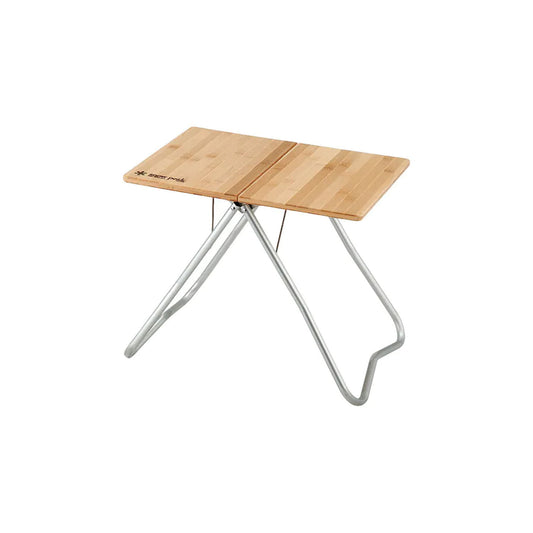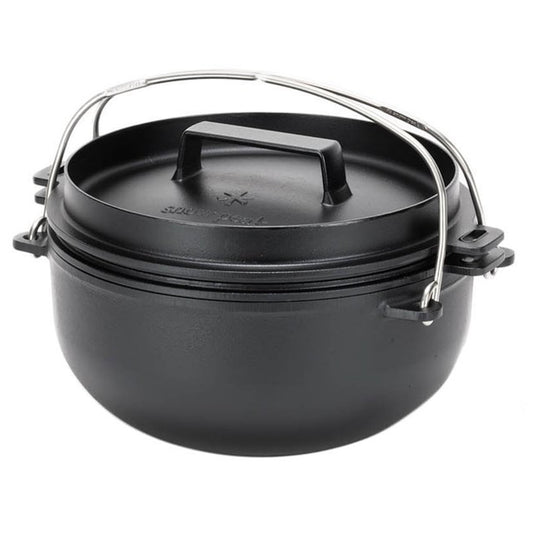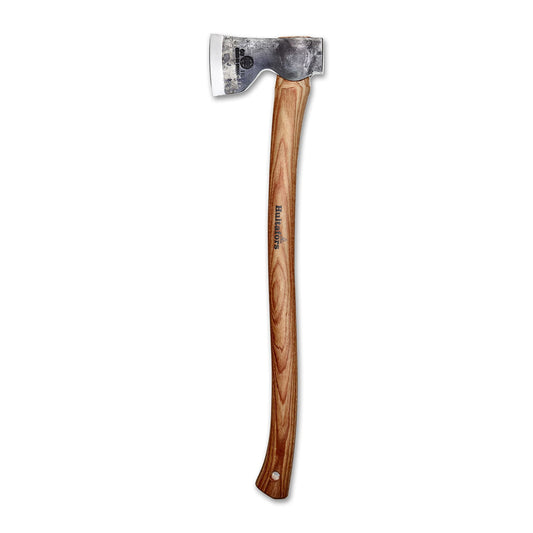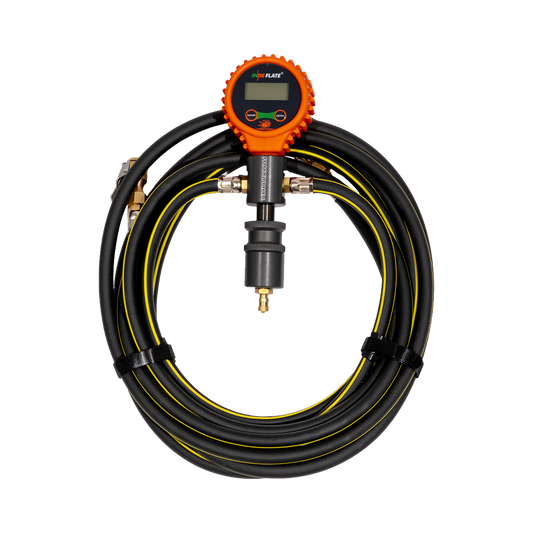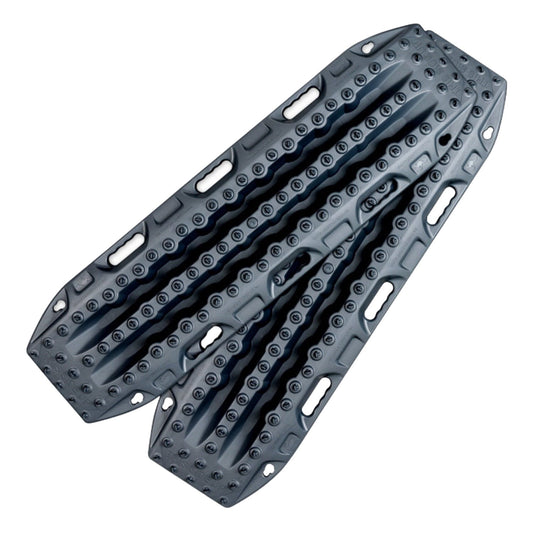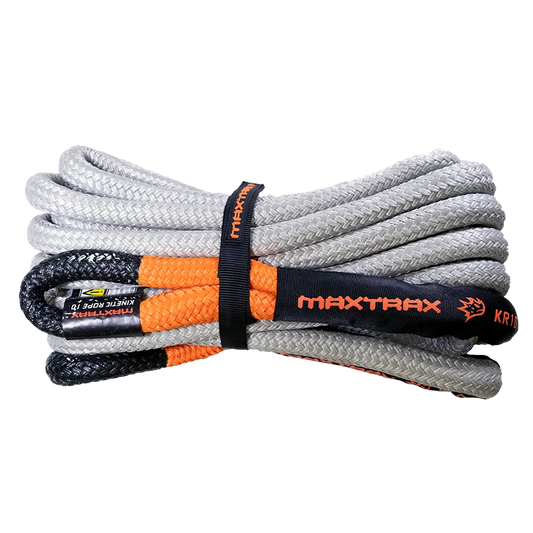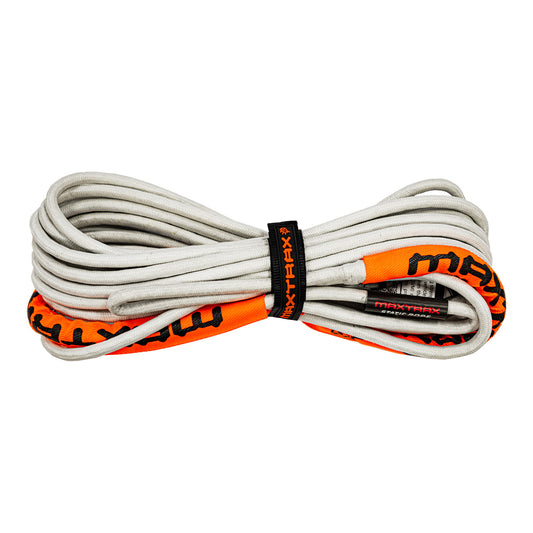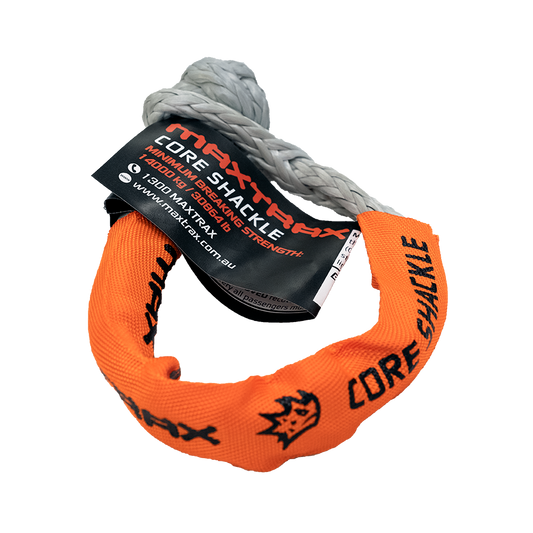
Why does the LandCruiser wheel track vary?
In 2007, to meet Euro-4 European emission standards, Toyota introduced the 1VD-FTV diesel V8 engine across the 70 Series LandCruiser Range in Australia and some international markets. The front of the relatively narrow 70 Series needed to be widened to allow for this engine to fit.
The remaining question is why the rear track of the vehicle wasn’t, and still hasn’t been, widened to match the front. I guess that it was merely an optional expense for Toyota, so they chose only to invest in the safety and emissions improvements required to continue to bring the 70 Series to market.
While it’s a frustration to many owners, I acknowledge that it’s increasingly difficult for Toyota to continue production of this range of 4x4s. I’d rather have the option of a 70 Series with quirks than to not have the option at all.

How much does the track vary?
| Specifications | WorkMate Models | GX/GXL Models |
| Front Track (mm) | 1515 | 1555 |
| Rear Track (mm) | 1420 | 1460 |
| Track Variance (mm) | 95 | 95 |

Fitting a JMACX Diff
The JMACX Kit comes complete with all the components required for fitment. It includes a heavy-duty replacement differential with an engineering rating of 2,700kg and an increase in width to match the front wheel track.

It also comes with replacement heavy-duty axles made from chrome-moly.

The JMACX Diff is a bolt-in process and, the kit includes the required brake line and handbrake extensions.

The OEM final drive housing, differential, electronic locker, and hubs mount to the new JMACX differential without modification.


With our 76 Series, the new JMACX axle was compatible with our BP51 Suspension, rear Airbag Man Suspension and long-range fuel tank.

While it’s possible to self-install, Ultimate 4WD in Perth fitted mine and I organised an engineering sign off.
How much difference does the corrected track make?
On the highway, our 76 Series now feels more stable, and it tracks noticeably better. It feels less floaty in the steering and requires fewer corrections. The vehicle feels more sure-footed than with the narrower rear track.
On slower off-road tracks the difference isn’t massively perceptible. However, that quickly changes when navigating ruts.
With the narrow rear track at slower speeds, the vehicle feels a little awkward as the rear wheels move left and right, indecisively choosing their line. When travelling on faster-rutted tracks, or sections of beach, that awkward side to shifting becomes more violent as the rear of the vehicle bounces in and out of the ruts. With turns and camber, this seems to be exaggerated; it’s unpleasant handling.

Other track correcting options
Offset rims are probably the most common option for correcting the rear track in the 70 Series LandCruiser, and it’s certainly a cheaper alternative. Offset rims have a couple of negatives though. The first being that your spare tyres won’t match. The second being that offset rims creates additional leverage on the studs and hubs. Dozens of 70 Series LandCruisers have lost wheels in recent years. While not checking wheel nuts over corrugations was a likely contributor, it seems in many cases offset rims have also played a part.
Some people also use spacers – however, these are prone to failure, hence quite unsafe, and are illegal, so it’s worth steering clear of this option.
A number of people also use spacers – however, these are prone to failure, hence quite unsafe, and are illegal, so it’s definitely worth steering clear of this option.



